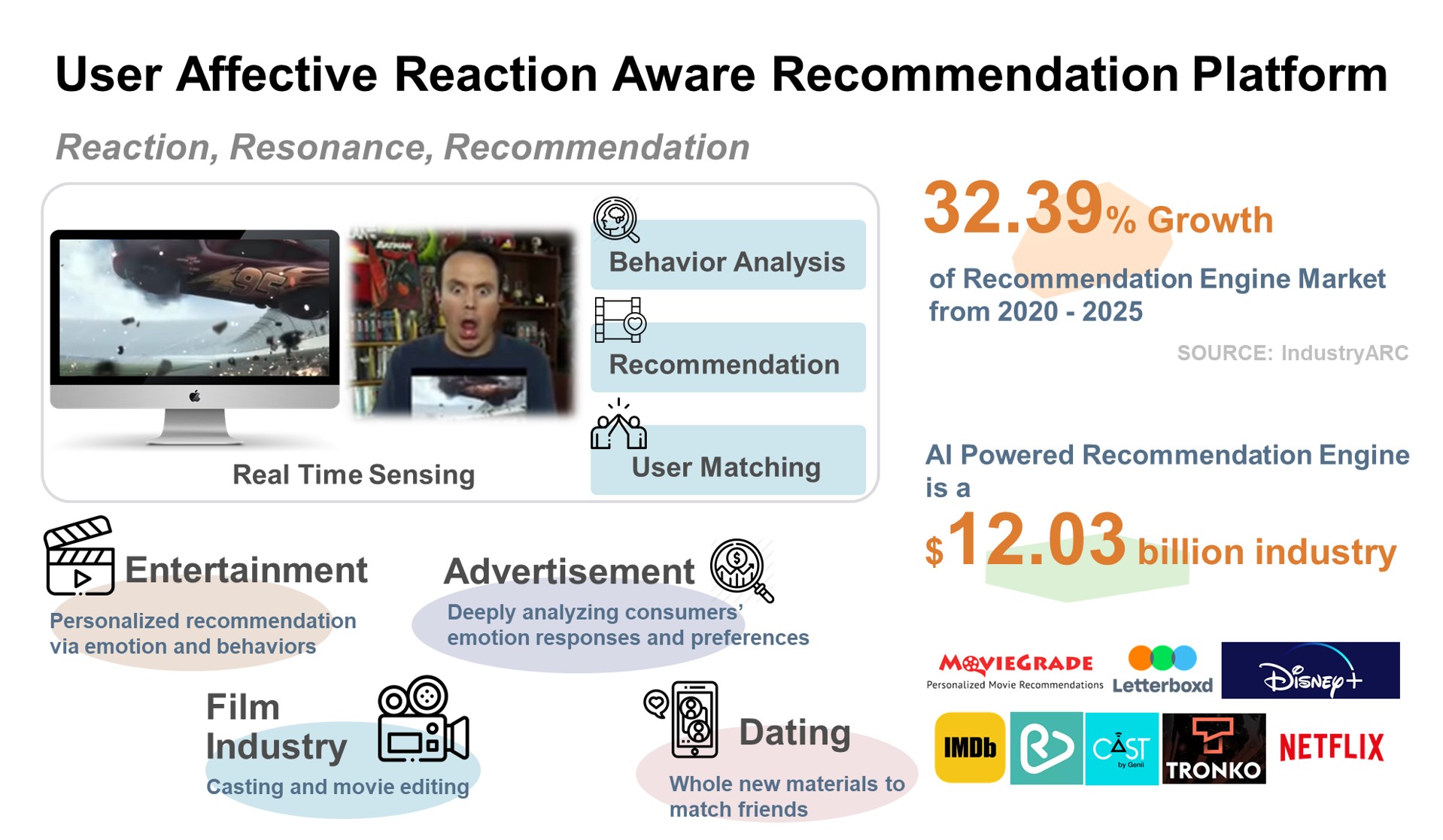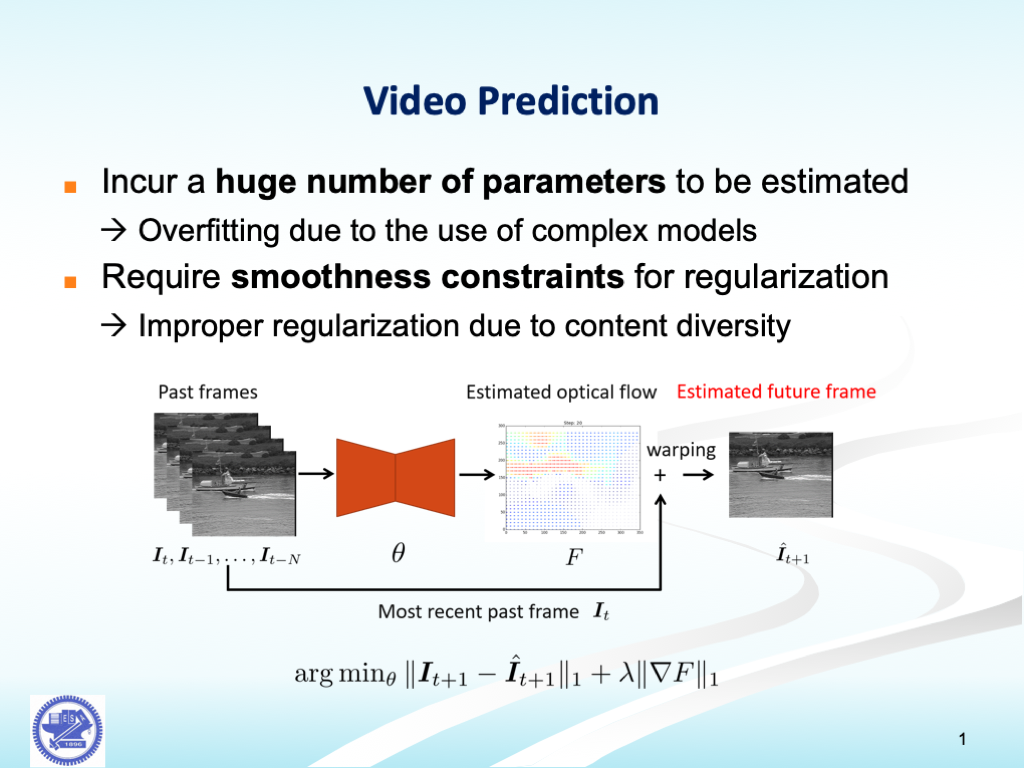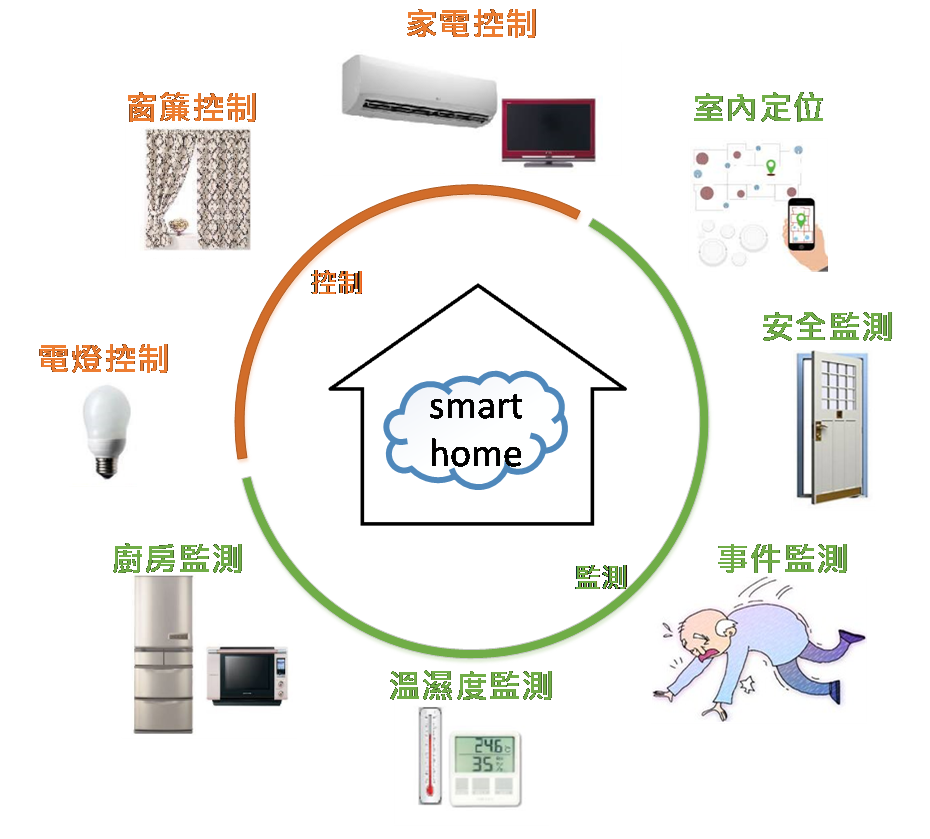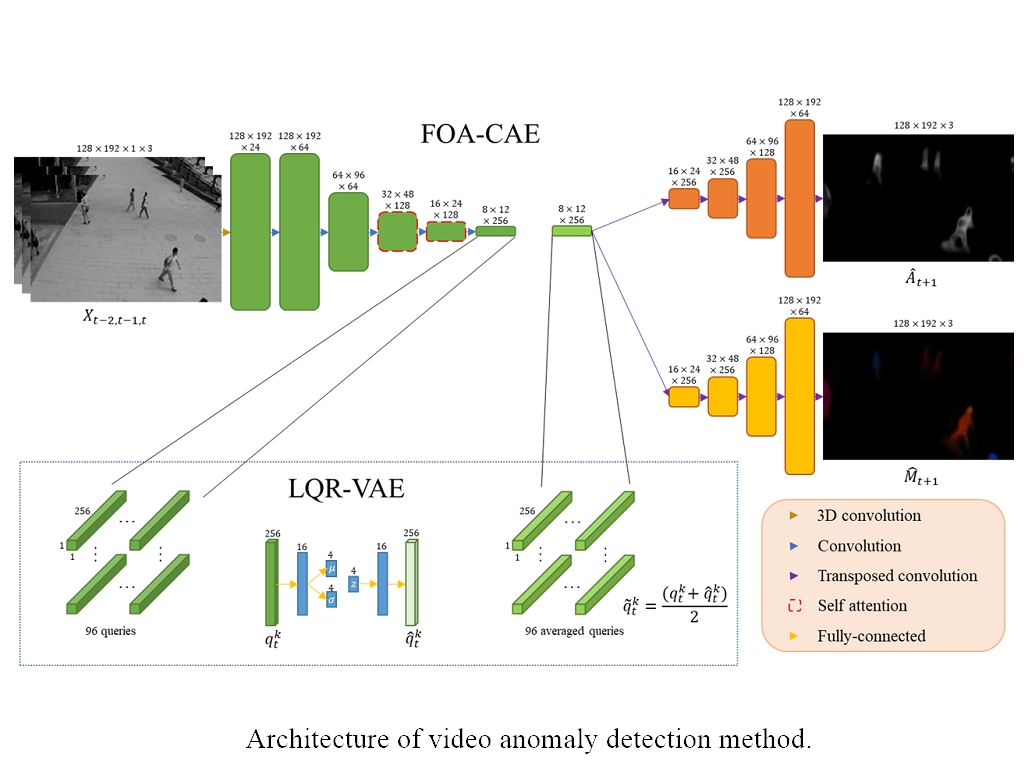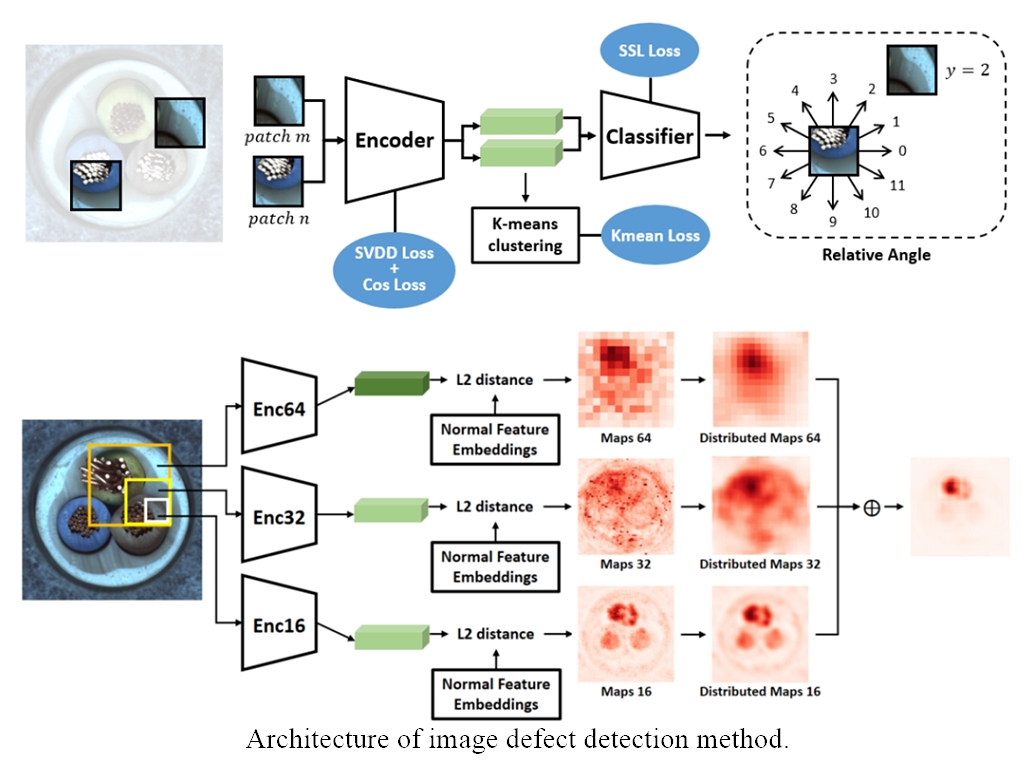:::
- Home
- /
- Year
- /
- 2021
- /
- Interdisciplinary Area
- /
- 基於深度學習之異常檢測
| Technical Name | 基於深度學習之異常檢測 | ||
|---|---|---|---|
| Project Operator | National Tsing Hua University | ||
| Project Host | 賴尚宏 | ||
| Summary | "For video anomaly detection, we apply pretrained models to obtain the foregroundthe optical flow as ground truth. Then our model estimates the information by taking only a single frame as input. For human behaviors, we take the human poses as inputuse a GCN-based model to predict the future poses. Both the anomaly scores of these two works are given by the error of the estimation. For defect detection, our model takes patches of the image as inputlearns to extract features. The anomaly score of each patch is given by the distance between the patchall the training patches." |
||
| Scientific Breakthrough | "For video anomaly detection, we use foregroundoptical flow to make our model ignore the background noise. For human behavior, we take confidence scores as weights of the keypoints to alleviate the influence of the occluded keypoints. For defect detection, the different sizes of patches make our model learn information from largesmall region at the same time. Furthermore, we use several groupingself-supervised learning methods, so the model can extract features well from all types of normal images patches." |
||
| Industrial Applicability | "The quality of the product is critical to the competitiveness of the company. However, the defect samples that the factory can provide is often limited, which will greatly reduce the effect of the deep learning classification methods. Therefore, the image defect detection technique is a possible solution of these problem. On the other hand, the abnormal activities of factory personnel may lead to a decrease in production efficiencyeven cause danger. Therefore, an automated monitoring system is extremely important, which can provide warnings in real time when violations occur." |
||
| Matching Needs | 天使投資人、策略合作夥伴 |
||
| Keyword | Video anomaly detection Optical defect detection Image anomaly detection Human action anomaly detection Deep learning Human pose estimation Graphical convolution network Video surveillance | ||
- silvermare001@gmail.com
other people also saw

